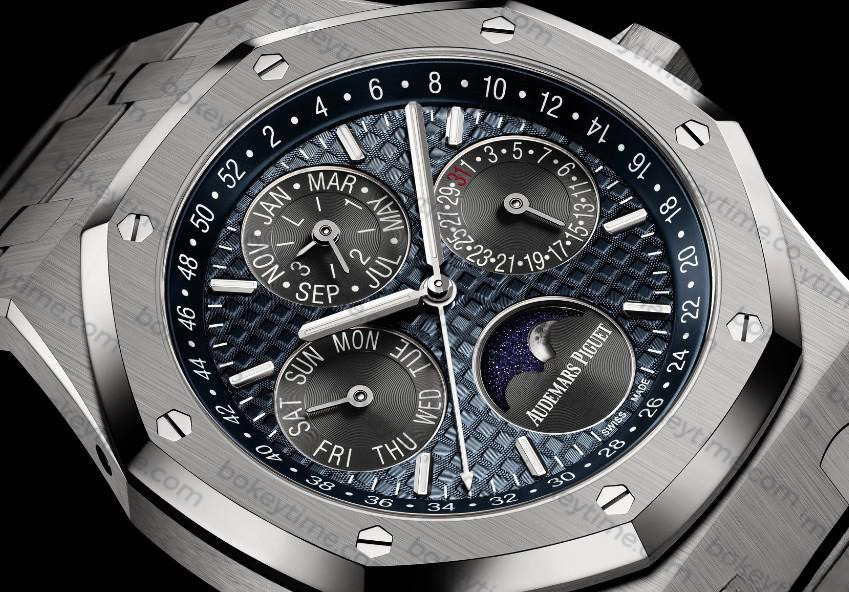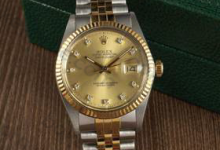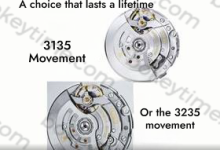Among various types of mechanical watches, many watch enthusiasts are particularly fond of the perpetual calendar function in mechanical watches. Then, some people may ask: in modern society, where it is so convenient to check the time and calendar on mobile phones, computers, and smart watches, what is the significance of the perpetual calendar in mechanical watches?
What is the principle of the perpetual calendar in a mechanical watch?
To put it simply, a perpetual calendar watch (“perpetual calendar”) refers to a mechanical watch that does not require manual adjustment during daily wear. Even when encountering leap years (annual calendar watches need adjustment), months with 31 days, months with 30 days, etc., its movement structure will automatically switch. It only needs to be adjusted once every 100 to 200 years, and some can even maintain accuracy for 400 years.
As we all know, the calendar design of most mechanical watches uses 31 days as a cycle. Therefore, every time a short month with only 30 days comes, you have to manually adjust the date number forward by one day. A perpetual calendar watch, on the other hand, will automatically and correctly jump to the 1st day of the next month according to whether the end of the month is the 31st (for a long month) or the 30th (for a short month).
In addition, a perpetual calendar watch that can automatically adjust to February 29th in a leap year (which occurs once every 4 years) is called a “grand perpetual calendar”. Conversely, those that cannot display February 29th in a leap year and require date adjustment once every 4 years are called “small perpetual calendars”.
It is extremely difficult to achieve this with such a complex mechanical structure design. Therefore, mechanical watches with a perpetual calendar are destined to be very expensive.

What is the significance of the existence of perpetual calendars in mechanical watches?
In a nutshell, the significance of the perpetual calendar in mechanical watches is to prove who has more money. As we all know, the market price of the ordinary steel version of the Audemars Piguet Royal Oak 15500 is around 300,000 yuan, while the steel version of the Royal Oak 26274 with a perpetual calendar has a market price of about 900,000 yuan. The difference is quite significant.
Can you accept that a watch with a perpetual calendar is twice as expensive as an ordinary watch? For mechanical watches, an annual calendar is considered a level for the wealthy, but the status of a perpetual calendar is even higher than that of an annual calendar.
In addition, the perpetual calendar has a very important drawback: adjusting it is extremely troublesome. Once you make a mistake in adjusting it, you can only spend money to have a watch repairman adjust it. To put it bluntly, the biggest disadvantage of the perpetual calendar is that you need to be wealthy to afford to play with it.



